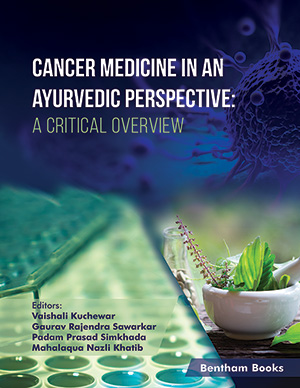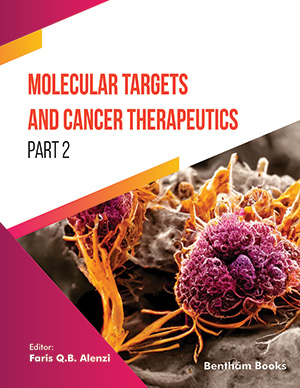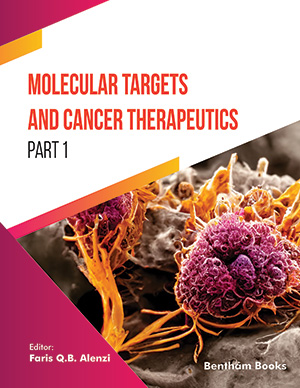Abstract
Third generation self-inactivating lentiviral vectors (LV) are highly efficient, achieving long-term expression of the transgene in several target tissues. In order to induce iodide and astatide uptake for radionuclide therapy, we employed LV co-expressing the sodium/iodide symporter (NIS) and GFP to transduce glioma cells (DBTRG). LV transduction was compared with transient or stably transfected cells. NIS-cDNA (2023bp) was inserted into the backbone vector plasmid pRRLsin.cPPT.CMV.MCS.iresGFP. Virus was produced in 293T using the packaging plasmids pMDLg/pRRE plus pRSV-Rev and the VSV-G envelope-encoding plasmid pMD.G. Transient transfection was performed with Fugene6. Frequency of GFP+ cells was quantified by cell sorter (FACS) and microscopy. NIS expression was examined by immunohistochemistry, iodine and astatine (At, a NISdependent alpha-particle emitting radionuclide) uptake ±perchlorate as specific NIS blocker. Stably NIS-expressing cells were geneticin-selected as positive controls. Experimental therapy measured by clonogenic assay was done using 10/100kBq/ml At-211. Quantification of viral transduction showed GFP-expression in up to 99.9% of the glioma cells and was clearly higher compared to transient transfection. Mean iodine uptake of transduced cells was 2396cpm/micro gram protein (vs. 2474cpm positive control) and significantly higher than that of transiently transfected cells (469cpm). Iodine uptake was specifically blocked with perchlorate > 98% and negative in untransduced controls. At-211 treatment of transduced cells resulted in a specific cell kill. Robust LV transduction of NIS into target cells resulted in highly stable gene expression and functional activity. Our data suggest that lentiviral vectors are useful tools for NIS gene therapy approaches in combination with alpha or beta emitters.
Keywords: NIS, gene therapy, lentivirus, glioma, alpha emitter, astatine, Sodium/Iodide Symporter, anti-Cancer Gene Therapy, Glioma Cells, Third Generation Self-Inactivating Lentiviral Vector System, NIS-cDNA, plasmid pRRLsin, Fugene6, GFP-expression, perchlorate, Radioiodine therapy, cyclotron product astatine-211, radioastatine, immunogenicity, human immunodeficiency virus, (HIV), human embryonic kidney, RPMI16407, pCIneo-NIS DNA, Geneticin, DMEM medium, penicillin, streptomycin, Dulbecco's phosphate buffered saline, Rous sarcoma virus, cytomegalovirus promoter, viral splice donor, gag gene, central polypurine tract, encephalomyocarditis virus, internal ribosome entry site, Radionuclides, Immunostaining, Vectastain ABC peroxidase kit, 3-3-diaminobenzidine, Flow Cytometry, Fluorescent Microscopy, Clonogenic Assay, ganciclovir therapy
























